ASUS Zenfone 3 Laser review — needs more oomph
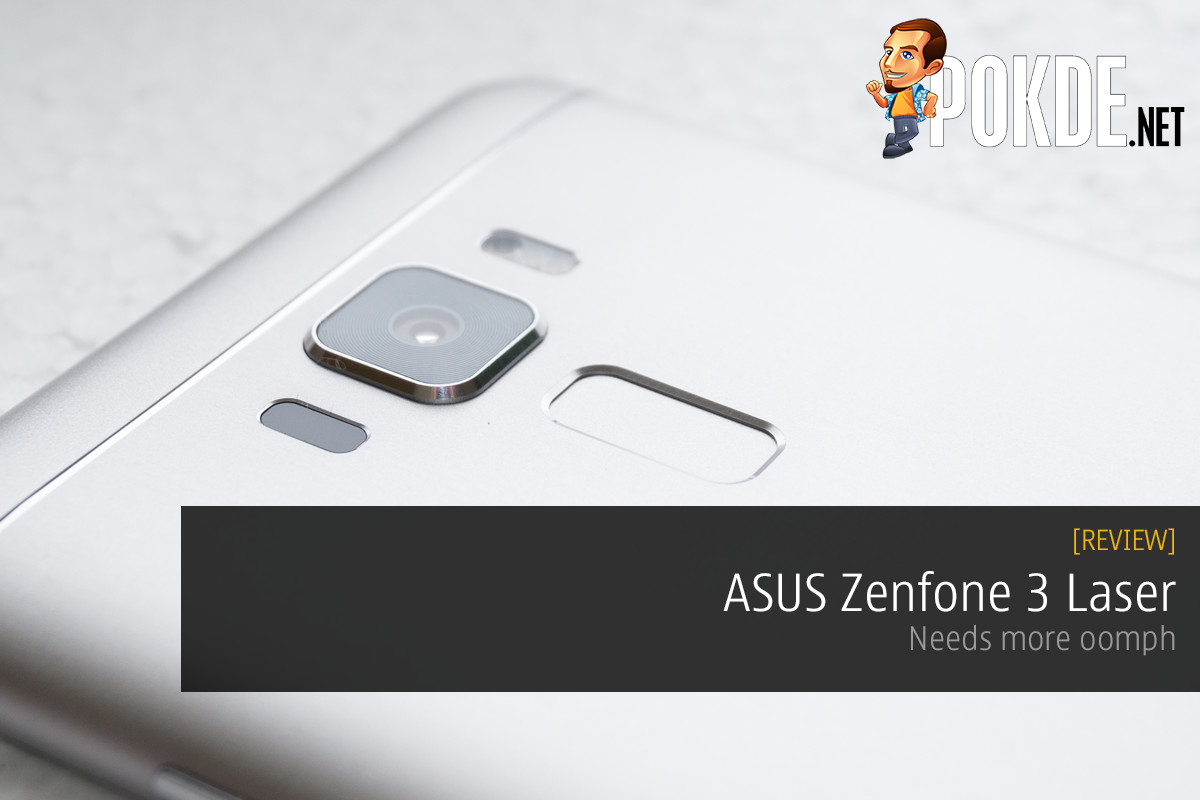
+ Good design, albeit a little too generic
+ Great battery life
+ ZenUI 3.0 is one of the better Android skins out there
+ Camera performance is vastly improved over the previous generation
+ Comprehensive set of camera software features
+ 1080p IPS display is sharp and vivid
+ Loudspeaker features an outdoor mode which boosts the loudness
+ AudioWizard allows customization of the audio output
+ Affordable
- Included 5.2W charger is way too outdated in 2016
- Performance left me wanting more
- Antenna lines are annoying gaps
- Rear fingerprint sensor is quite slow
ASUS has been known to push out several models at one go, essentially filling up every niche in the market with their products. Along with the successful ASUS Zenfone 3, we have several other models including the super-sized ASUS Zenfone 3 Ultra as part of the whole line up of ASUS smartphones ranging throughout the price range. Today, we will be looking at the ASUS Zenfone 3 Laser, which continues on the legacy of the ASUS Zenfone 2 Laser. This variant is quite unnecessary now anyways since nearly every model in the ASUS Zenfone 3 family now feature laser autofocusing systems, but the pricing of the ASUS Zenfone 3 Laser might make it a compelling buy for those who do not want to spend extra on the standard ASUS Zenfone 3. Without further ado, let’s take a look at the packaging of the ASUS Zenfone 3 Laser.
Unboxing
The packaging of the ASUS Zenfone 3 Laser is decidedly less premium compared to the ASUS Zenfone 3. It reuses the tray-and-sleeve packaging the previous generation of Zenfones came in, but prints the highlighted specifications directly onto the sleeve instead of having windows in the sleeve to view the highlighted specifications on the tray itself.
Sliding it out we see the ASUS Zenfone 3 Laser in a plastic wrapper. The packaging is compact with it being not much bigger than the device itself. Under the phone lies compartments where the bundled accessories lie.
Here are all that was inside the packaging. You will get a 5.2W charger, a microUSB cable, SIM tray ejector pin and some of the usual documentation. Look, I am not even expecting a fast charger at this price range, but I think a 10W charger isn’t too much to ask for? We didn’t get the SIM tray ejector pin with our review unit though.
Appearance
While I usually deplore devices with white bezels around the screens, I seem to quite like the look this time around for some reason. The display on the ASUS Zenfone 3 Laser looks as if it fills more of the front area compared to the Zenfone 3, but it is all an illusion as when you turn on the screen, you will notice black lines around the screen.
From the back, the ASUS Zenfone 3 Laser appears to be a nice slab of aluminium with curved sides. This is a definite step up from the extensive use of plastic throughout the Zenfone 2 family. The protruding camera is flanked by the laser focusing module on one side and the dual LED flash and RGB sensor on the other. Below the camera bump is the fingerprint sensor. I am glad that the one here features a sandblasted finish instead of the glossy one on the Zenfone 3. Two shiny antenna lines run through the top and bottom parts of the back, breaking the monotony of all that sandblasted silver aluminium.
Along the right edge are the volume rocker and power button, both of which feature ASUS’ signature “Zen” concentric circle pattern. They are also slightly angled towards the back, which actually makes it just that bit more intuitive to press. The SIM-cum-microSD tray is on the left edge.
You get the loudspeaker, microUSB connector and the primary microphone along the bottom edge. The speaker grille is done very nicely, with 20 fine perforations drilled into the lower edge of the ASUS Zenfone 3 Laser. If I were to nitpick, I would say I wished ASUS went with a similar grille for the microphone just for the symmetry. I also wish ASUS went with a Type-C port here, since they have already started packing USB Type-C ports into their higher end devices.
The top edge is home only to the 3.5mm jack and secondary microphone.
Specifications
| CPU: | Qualcomm Snapdragon 430 (8 x A53 @ 1.4 GHz), Adreno 505 @ 450 MHz |
| RAM | 4GB LPDDR3 |
| Display: | 5.5″, FHD (1080p) IPS display |
| Storage: | 32GB internal (expandable with microSD up to 128GB) |
| Camera: | 13MP f/2.0, EIS, laser AF, dual LED flash 8MP f/2.0, 84° wide angle, HDR front camera |
| OS: | Android 6.0 Marshmallow with ASUS ZenUI 3.0 |
| SIM: | microSIM (dual SIM support, one nanoSIM slot doubles as microSD slot) |
| Battery: | 3000 mAh (non-removable) |
Performance
The overall performance of the ASUS Zenfone 3 Laser, as judged by Antutu Benchmark, is on the lower rungs of our performance ladder. It inches out the OPPO F1s and Honor 5X, but fails to best the Honor 5c which packed higher clocked cores, despite both devices sporting SoCs with 8 A53 cores. It is also quite a far cry from the ASUS Zenfone 3.
PCMark is yet another benchmark which tests the overall performance. Here the ASUS Zenfone 3 Laser ranks among the slowest device we have benchmarked.
Geekbench focuses on the CPU performance, where the ASUS Zenfone 3 Laser does quite poorly too due to its lower clocked cores in the Snapdragon 430 SoC.
GPU performance is also quite abysmal, with the Adreno 505 performing quite bad. However if you are looking for the best performance out there, a smartphone with the Snapdragon 430 shouldn’t even be in your shopping list.
Battery life is one of the ASUS Zenfone 3’s saving graces. It lasted more than a full day, with 5 hours 50 minutes on screen time over WiFi, with some obsessive use of Facebook, Messenger and Whatsapp, before dropping to 10%. I usually test smartphones until they are 15%, but try as I might, I could not hit 15% before I fell asleep the night before. I got it to 20%, but was too tired to go on, waking up in the morning to 10% after multiple hits on the snooze button of the alarm.
User Experience
Starting off with the SIM tray, the ASUS Zenfone 3 Laser features a hybrid dual SIM configuration. It will take a microSIM and a microSD/nanoSIM in its two slots. MicroSIM is slowly being phased out with the popularity of nanoSIMs, but I am sure there are some people who would be upgrading to the ASUS Zenfone 3 Laser with a microSIM and be glad that they do not need to get a new nanoSIM just to use their new phone.
Holding the ASUS Zenfone 3 Laser, I realized two things. The device is really quite light at 150 grams, but the curved back does improve my grip on the smooth metal, instilling a sense of confidence holding it. The two antenna lines are a little too deep set though, leaving some sort of a gutter that annoys me whenever I rub my finger across the back. ASUS already has the experience to polish antenna lines to a seamless finish with the metal, but they decided against it for the ASUS Zenfone 3 Laser for some reason.
The rear-mounted fingerprint scanner’s placement is quite well done, being around where I would naturally place my index finger. The performance left me wanting more though. While I am used to near-instantaneously waking up my smartphones by placing my finger on the fingerprint scanners, the ASUS Zenfone 3 Laser does exhibit a noticeable delay from the time I place my finger on the sensor till it wakes up.
ASUS has decided against on-screen buttons, instead opting for their classic capacitive keys. ASUS has yet again forgot to throw in some backlighting for them, but I got used to their positions really quickly. However if you are coming from a device that had inverted back and multitasking buttons, then you might need to take some time to get used to the ASUS Zenfone 3 Laser. The volume rocker and power button are not really tactile, being rather quiet. I wouldn’t say they are mushy though, they are very responsive, but just not clicky enough for my liking.
Android 6.0 Marshmallow with ZenUI 3.0 is ASUS’ answer to every other manufacturer’s custom take on Android, and I would say that it is a pretty good one. While I still personally love HTC Sense the most, ZenUI 3.0 is a close second. Heck, ASUS even allows you to choose whether you want an app drawer or not, unlike the Chinese manufacturers who force their opinion of how Android should look like down your throat.
A common complaint about previous iterations of ZenUI was that it came with loads of bloatware. ASUS has listened to their fans, and the ASUS Zenfone 3 Laser does not come with nearly as many bloatware apps, and all of them can easily be uninstalled. There are still quite a few of ASUS’ in-house apps built-in that can’t be uninstalled though.
There is however less redundant apps than some manufacturers install into their devices, with ASUS not including their own email, calendar and music player apps, but using the default Google ones. They still included both their own Gallery app along with Photos though. Overall, the experience of using the ASUS Zenfone 3 Laser was marred by moments of hesitation here and there when browsing the Internet with Chrome and app switching rabidly, but they are far and few in between.
The rear camera should be the highlight of the ASUS Zenfone 3 Laser, considering it gets its name from the laser autofocusing system it features. With that said, it does feature a slightly weaker camera than that in the standard ASUS Zenfone 3. It packs a Sony-made 13 MP sensor behind a f/2.0 lens. It still comes with the rest of the goodies like the RGB sensor, dual LED flash, deep trench isolation (DTI) on the sensor, real-time HDR and even Super Resolution mode for 52MP shots.
However, it does lose out on OIS and TriTech AF, instead going for a lesser EIS solution. Focusing is also handled by the conventional contrast detection autofocus (CDAF) system and the laser autofocusing system, not getting the phase detection autofocus which was a part of the TriTech AF technology that the higher end Zenfone 3s feature. ASUS still claims autofocus acquisition in 0.03 seconds with the ASUS Zenfone 3 Laser, just like the standard ASUS Zenfone 3, but in my experience, the former was actually quite a bit slower. The front camera is a 8MP one, shared with most of the ASUS Zenfone 3 family, and also offers a massive upgrade in terms of image quality over the previous generation’s 5MP cameras.
While the hardware vary, the camera UI is shared across most of ASUS’ recent devices. That means you get a very user friendly interface, with a myriad of modes to further expand your photographic ambitions. There is a full-fledged manual mode, HDR Pro when the real-time HDR is not enough, ASUS’ signature Low Light mode and many more modes to help you take the perfect shot. There is even a nifty QR code scanner built into the camera! Selfie fans can also take advantage of the Beautification mode with various options to turn your selfie into an Instagram-worthy one.
The 13MP camera is a far cry from the ASUS Zenfone 2’s cameras. Despite sporting a similar resolution, the quality of the images are definitely much improved. ISO performance is much better, while the multitude of features added such as real-time HDR and RGB color correction sensor really gives it an edge over the previous generation. Images produced out of the ASUS Zenfone 3 Laser is very good, but the lesser performance available does mean that shots taken with the HDR Pro and Super Resolution modes will take a few seconds to process. The results of the HDR Pro mode is definitely worth waiting for though, with great dynamic range without losing contrast, which the real-time HDR mode has a tendency to. Check out full-sized samples on Flickr if you want to take a closer look at the camera performance of the ASUS Zenfone 3 Laser.
I am glad that ASUS didn’t cheap out on a proper display, and the ASUS Zenfone 3 Laser comes with a great 5.5″ 1080p IPS display, under a 2.5D curved Gorilla Glass panel. Viewing angles are wide, colors are vivid, text are sharp. Needless to say, I have zero complaints about the display here.
Sound is courtesy of the single 5-magnet speaker on the bottom edge of the ASUS Zenfone 3 Laser. It can go pretty loud, with some bass that you can actually feel. There is an outdoor mode too which widens the soundstage and also overall loudness, but sacrifices the lower frequencies.
Connecting my pair of Mi In-ear Pro earphones, there is a slight overemphasis on bass using the default Smart and Music modes, but you can always customize the sound to your liking with the AudioWizard app. There is a simplified slider system to boost bass or treble tones, or you can go for a 5-band equalizer for more control. Also worth noting is that unlike most other smartphones that only allow audio customization with headphones connected, ASUS allows you to customize the loudspeaker’s output via AudioWizard as well.
Conclusion
Well, the ASUS Zenfone 3 Laser is a decent device. That much we know. But do I recommend it? In all honesty, it is quite a difficult device to recommend. The ASUS Zenfone 3 5.2″ can actually be gotten for around RM1159 on Lazada now, but the ASUS Zenfone 3 Laser is priced at RM999 at almost every online retailer I have checked, with the cheapest I have found is RM929. For a difference of RM160, I would definitely get the 5.2″ ASUS Zenfone 3 without a moment’s hesitation. Beefier performance, a better camera and an overall more premium design is definitely in the ASUS Zenfone 3 ZE520KL’s favor. In other words, the ASUS Zenfone 3 Laser fails to have an actual selling point to tilt the scales in its favor. It’s camera performance is also weaker than the ASUS Zenfone 3, despite carrying the Laser moniker which draws attention to the camera system. However, if your budget is limited to RM1000 and not a ringgit more, then the ASUS Zenfone 3 Laser is a good device for your money. For that, we believe it is worthy of a Bronze Pokdeward.












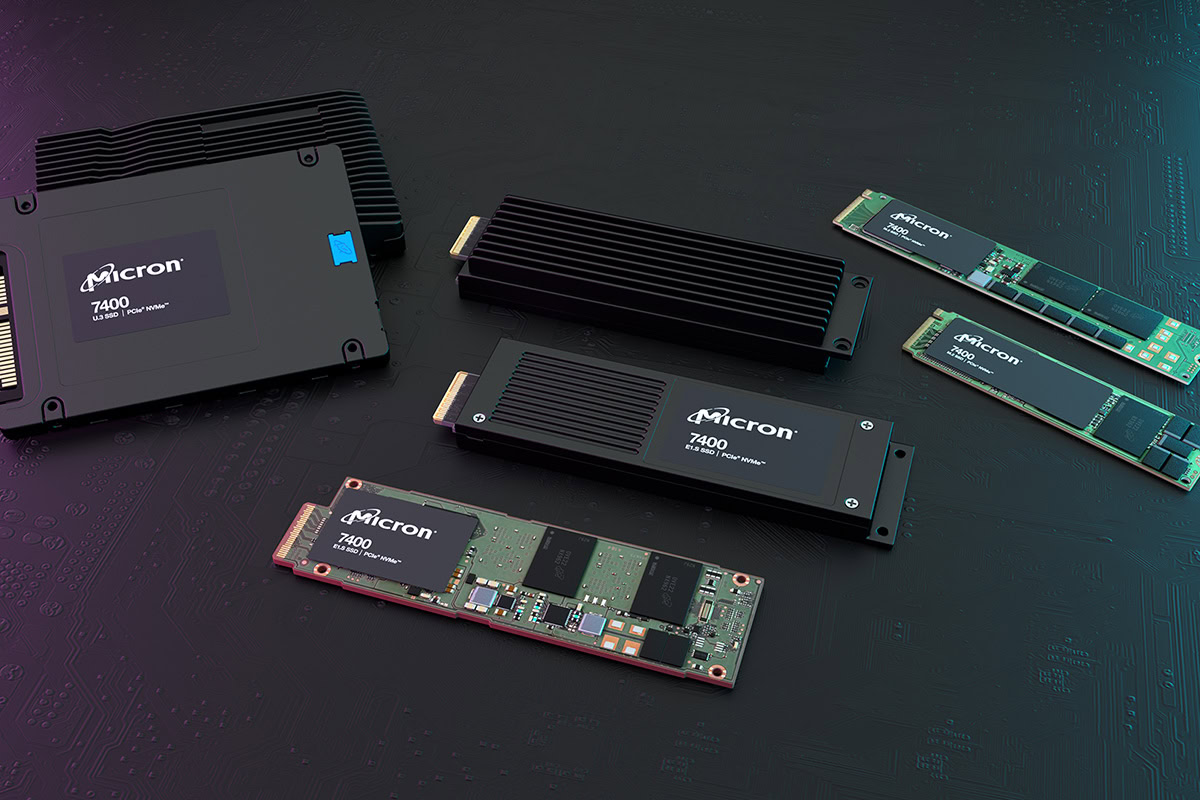
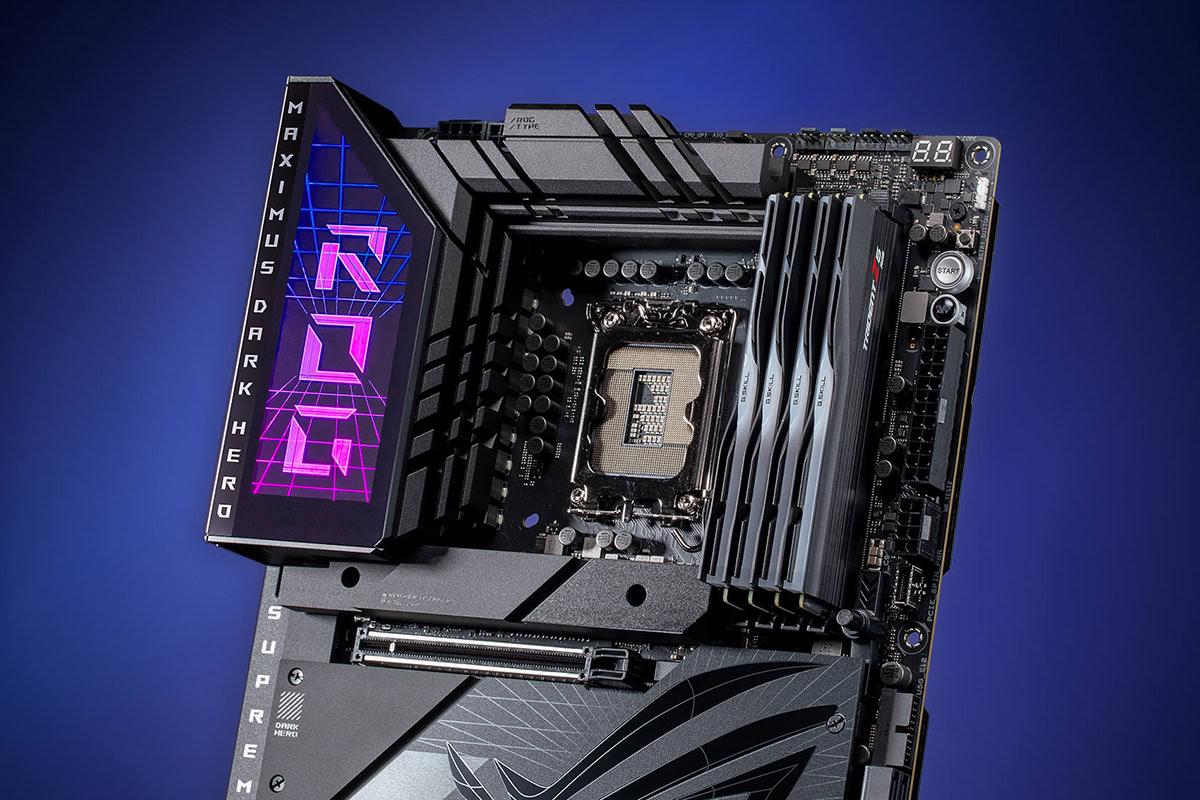
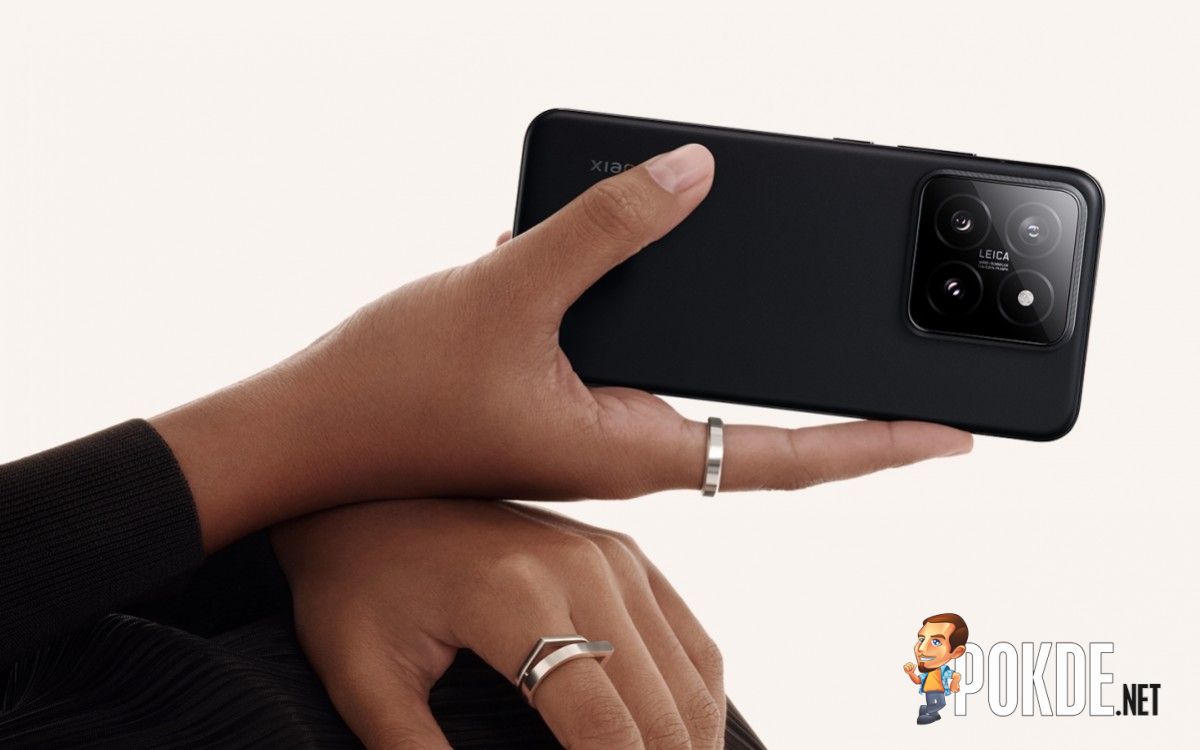
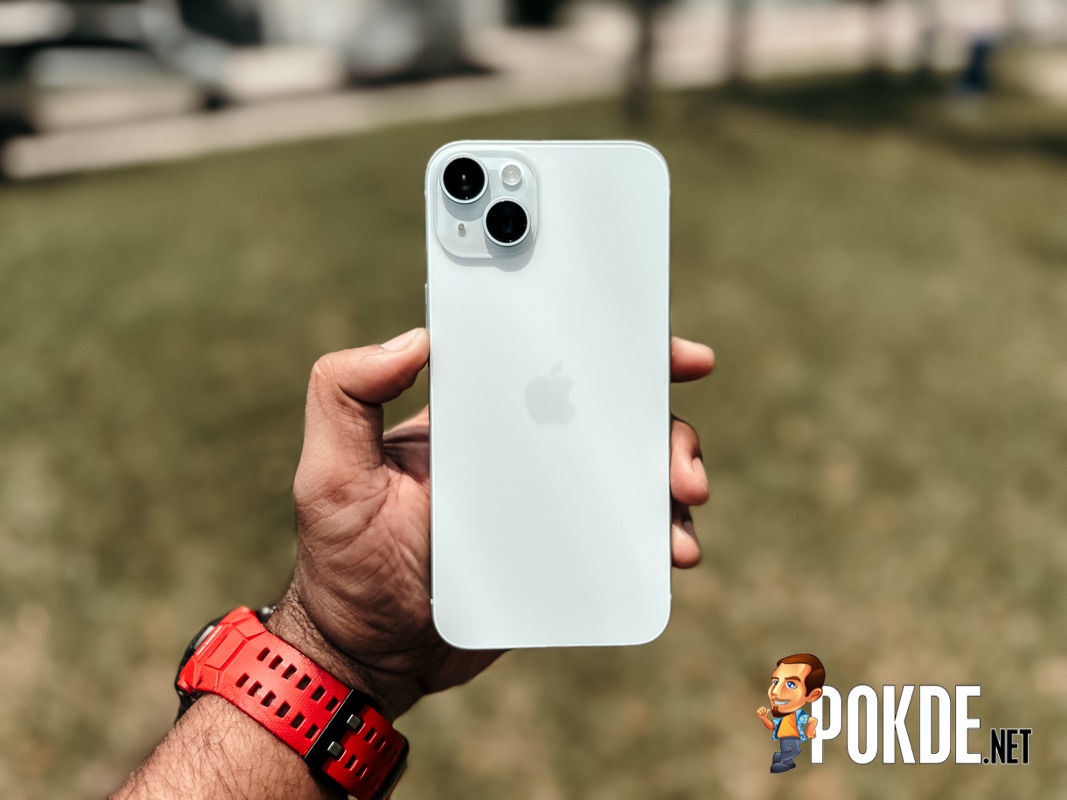
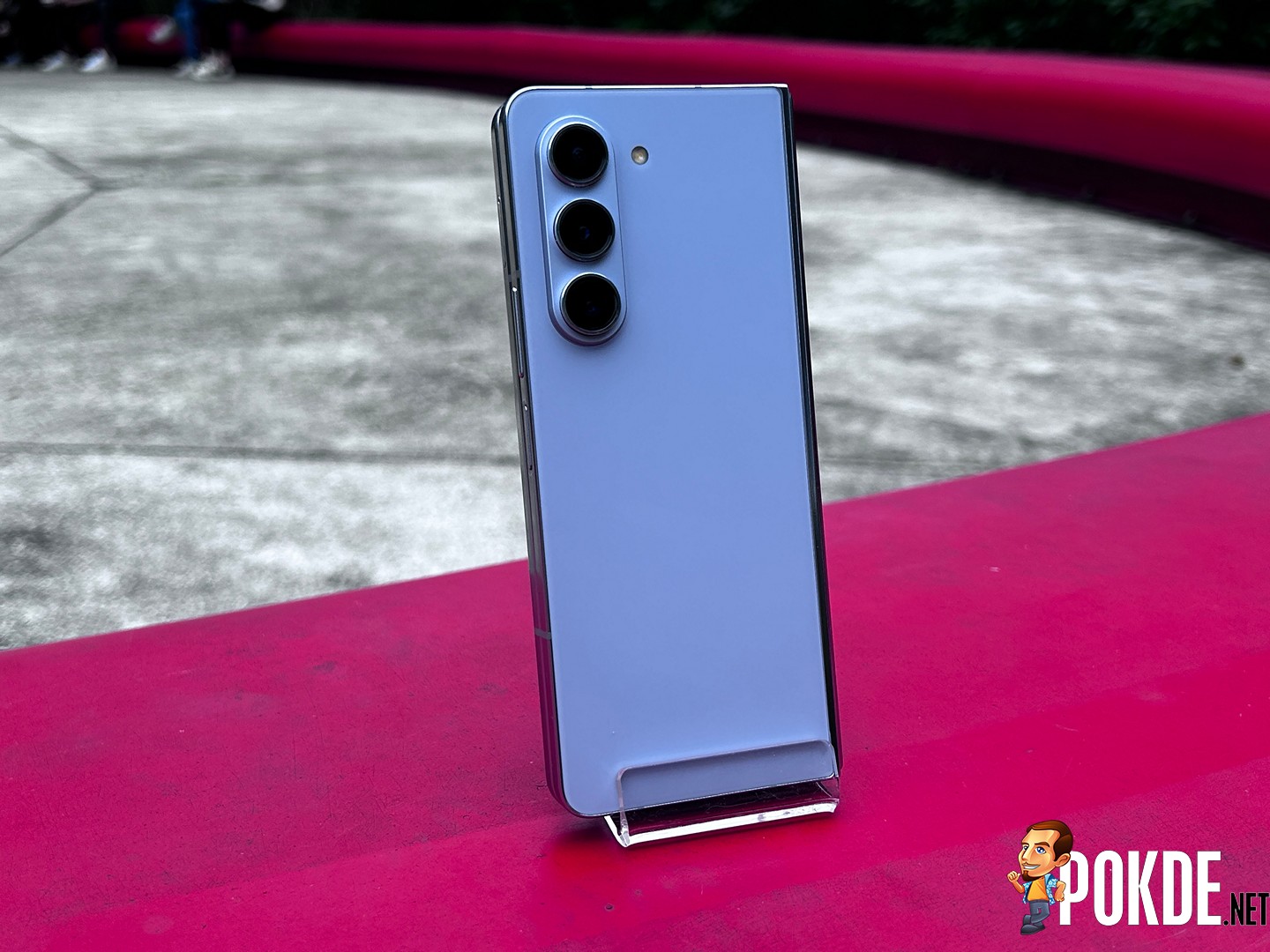
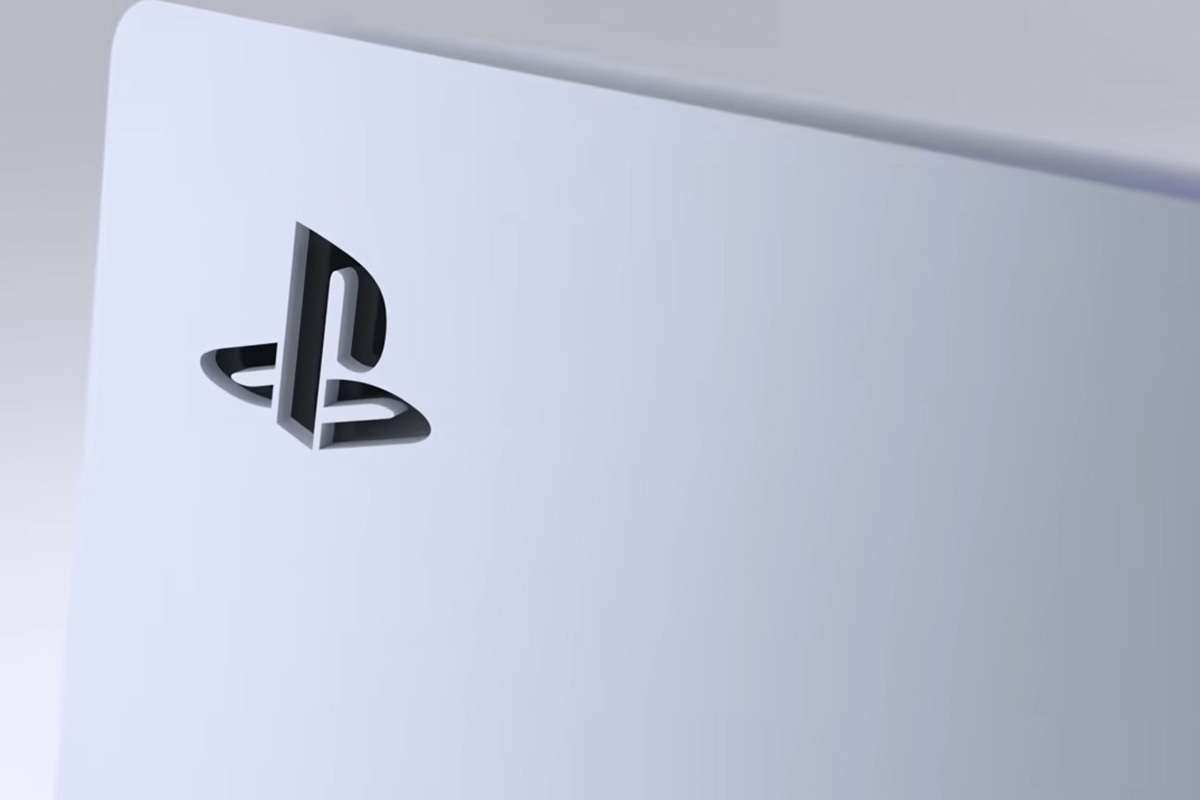


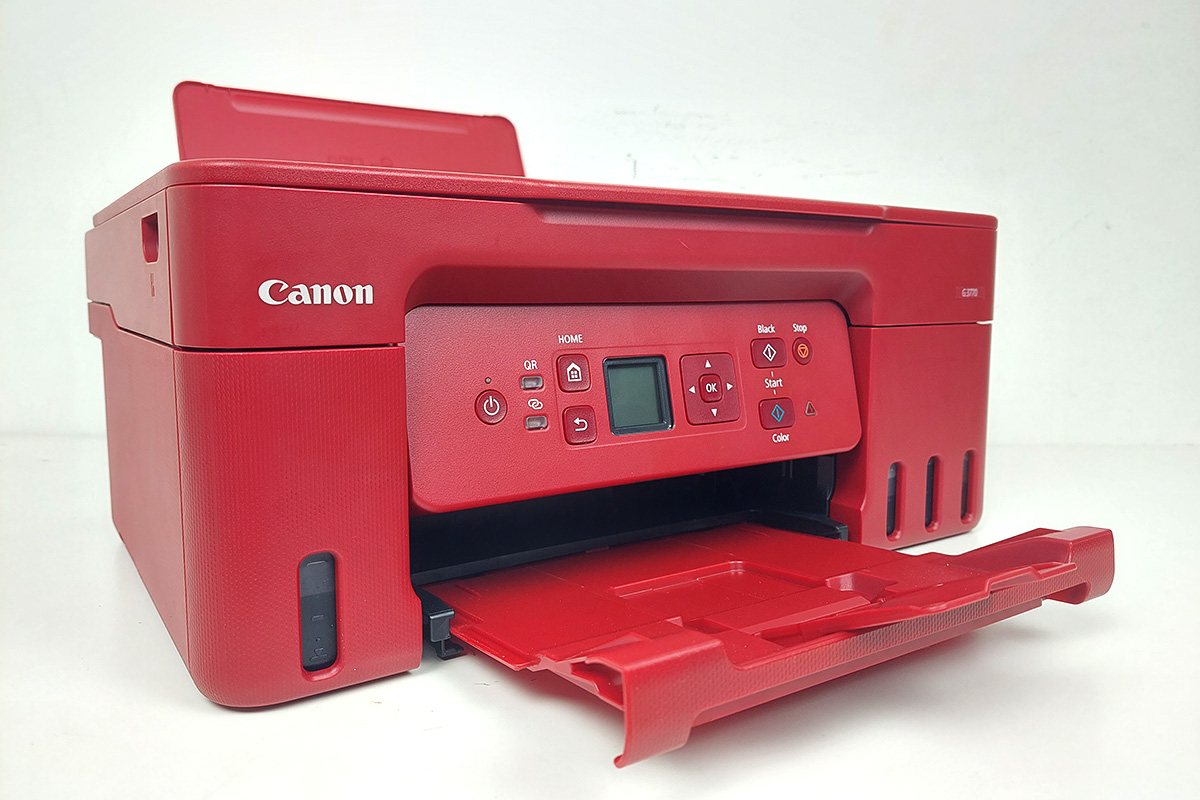



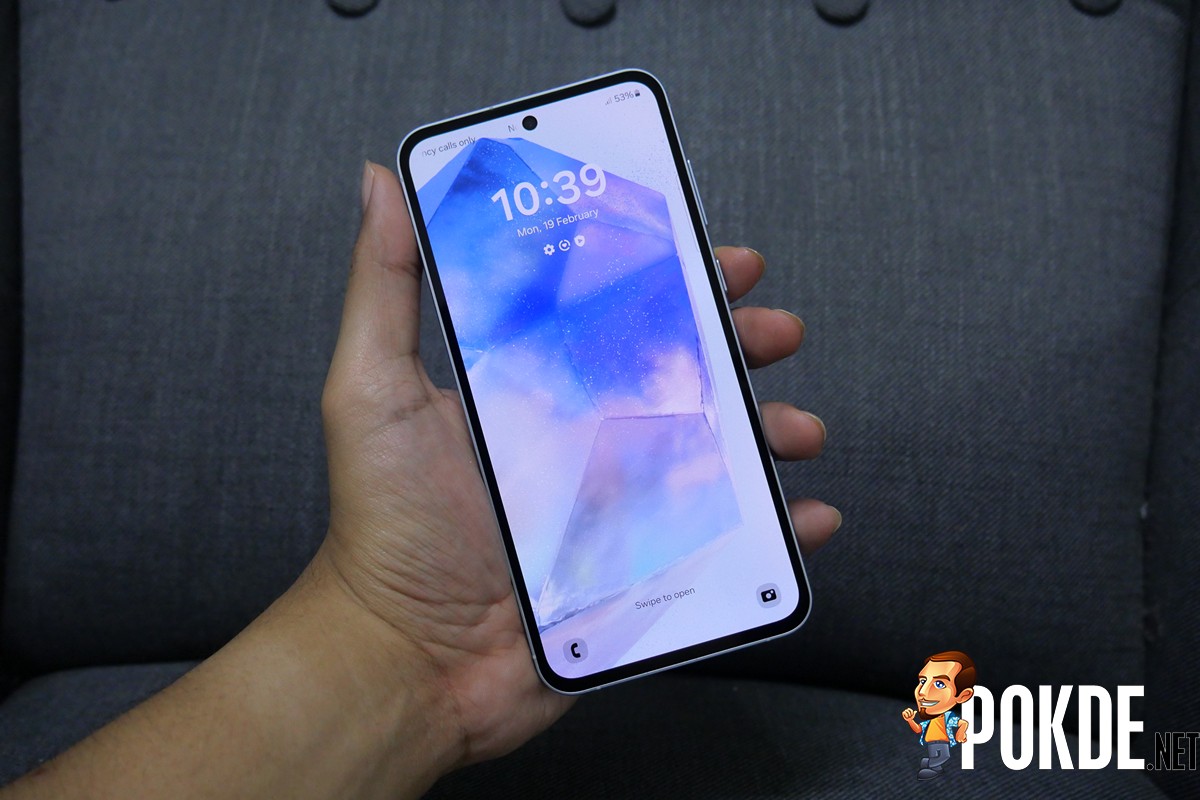












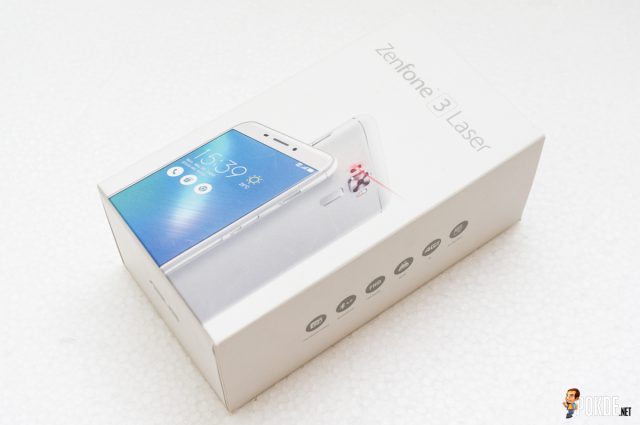
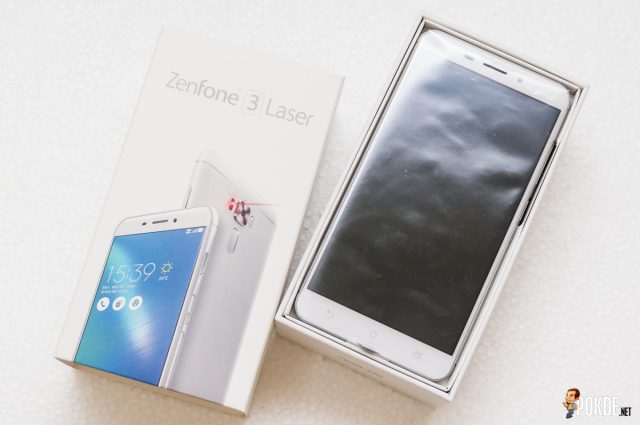
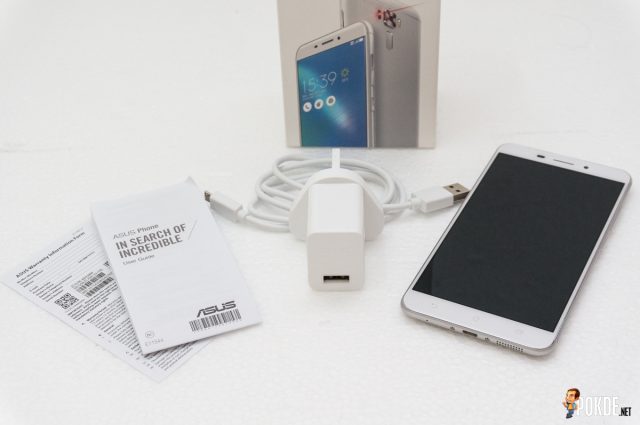
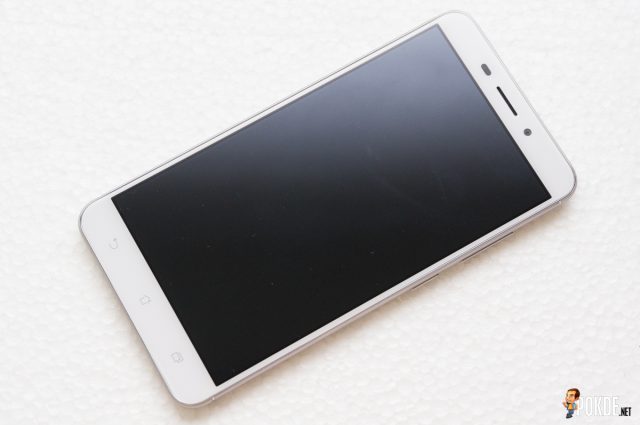
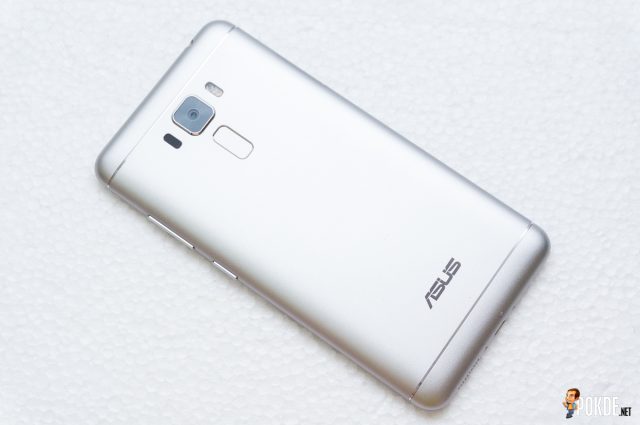
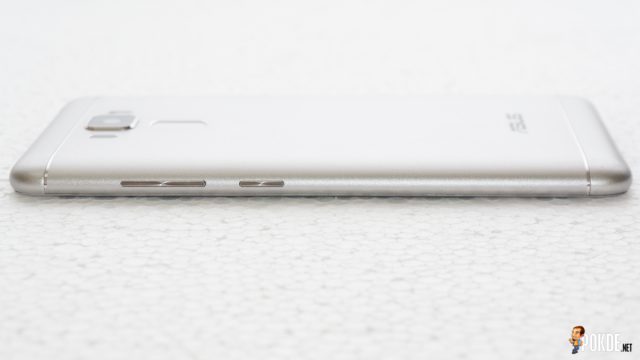
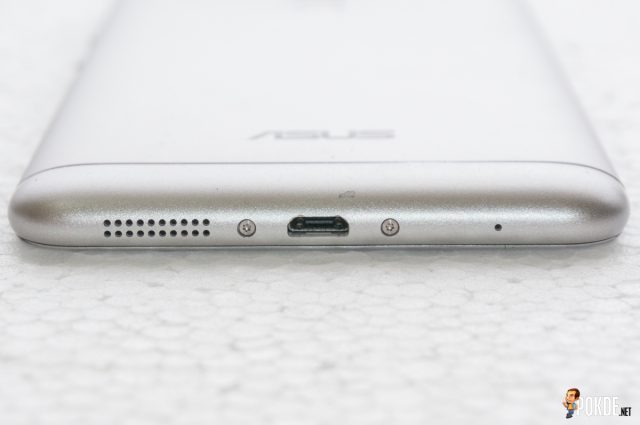
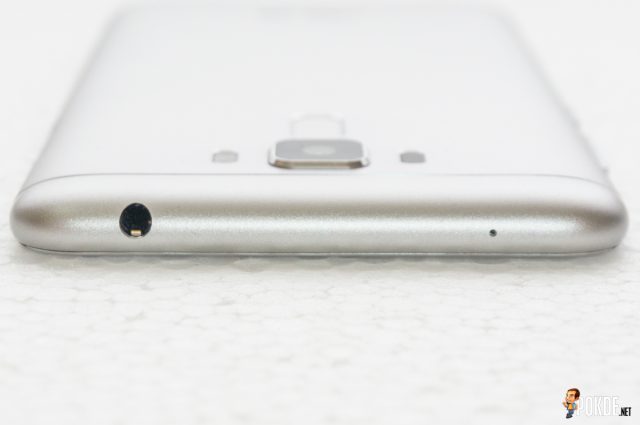
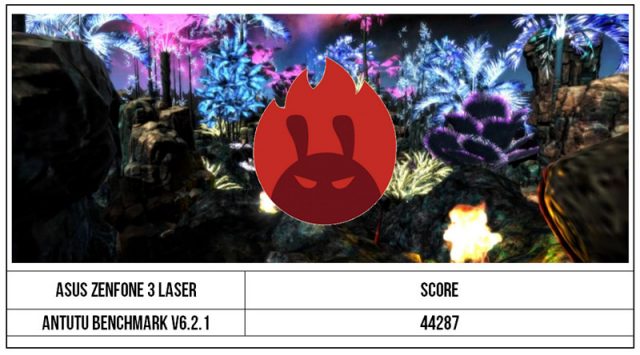
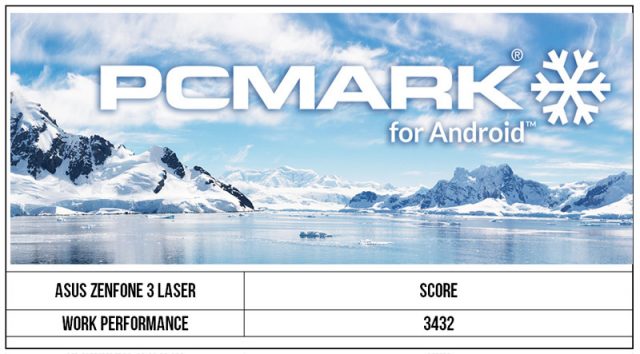
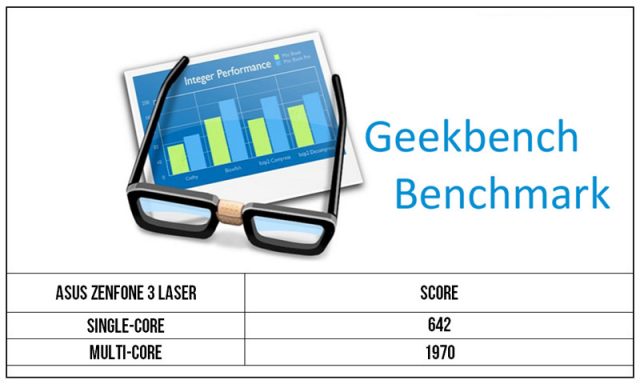
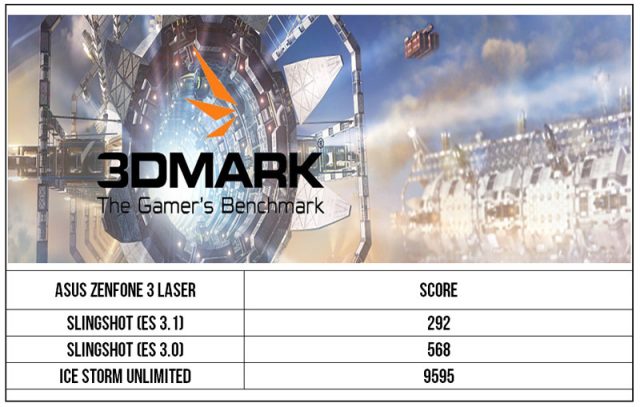
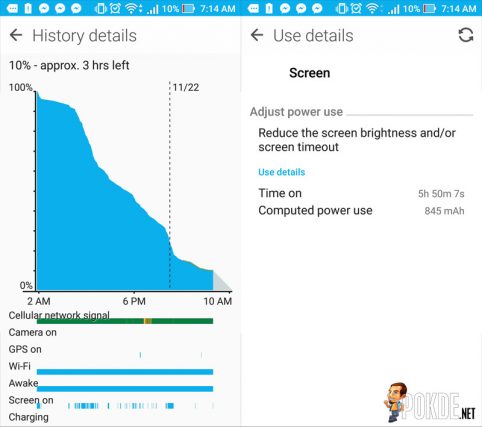
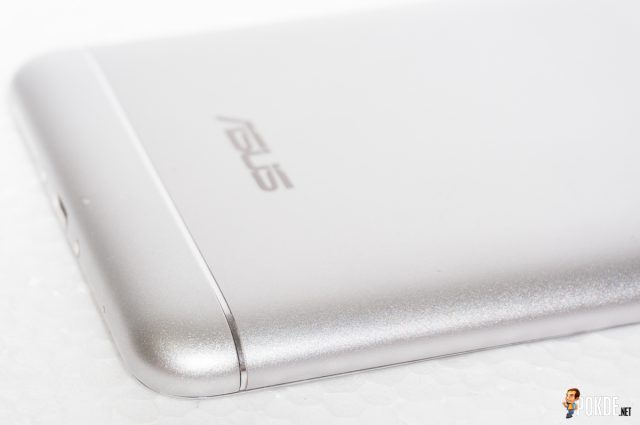
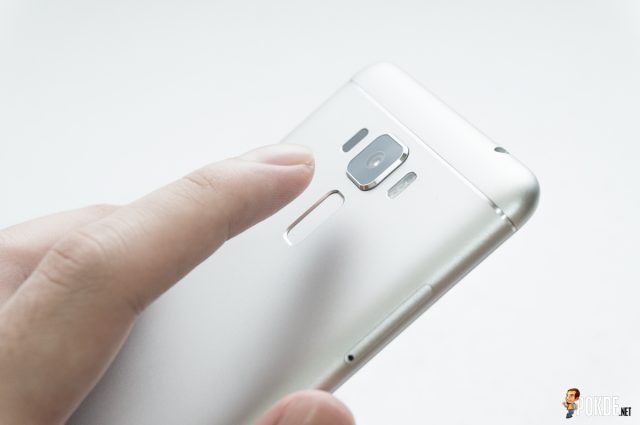
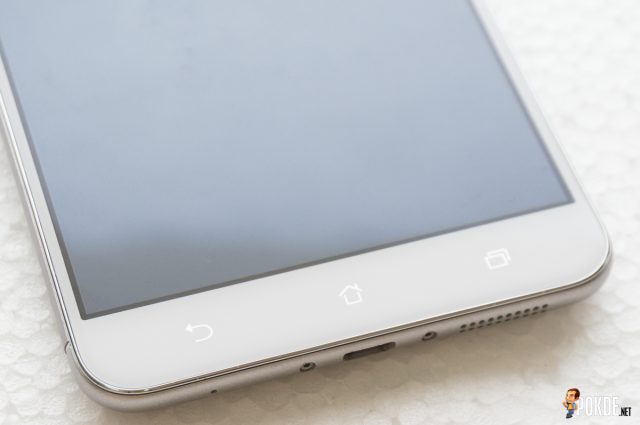
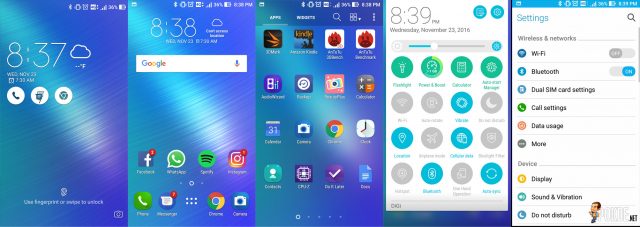
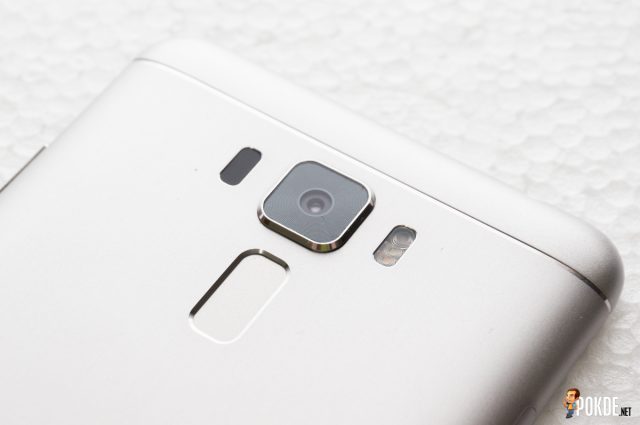
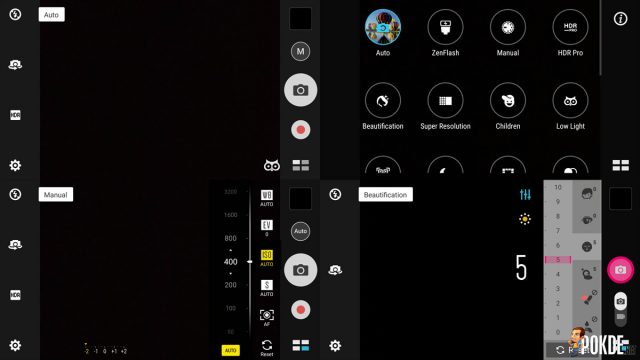
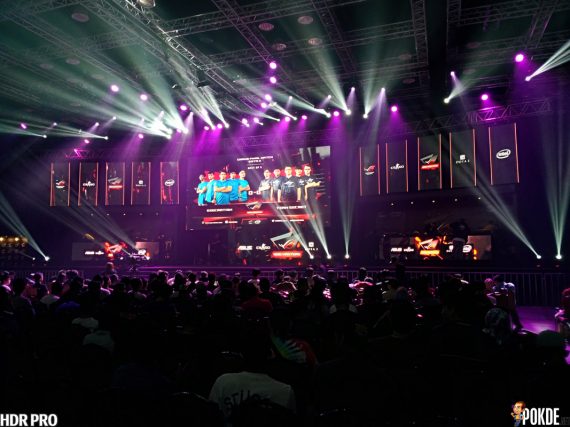






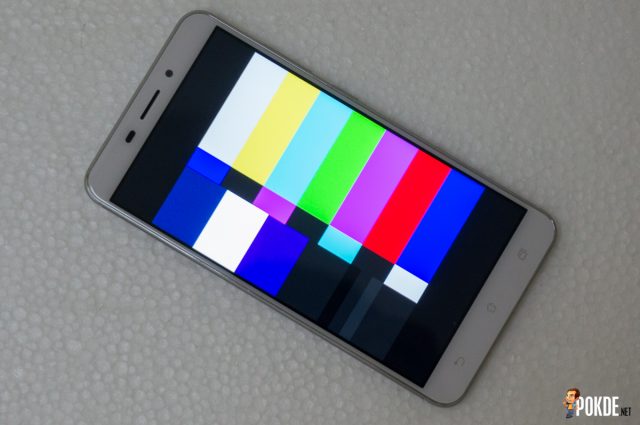
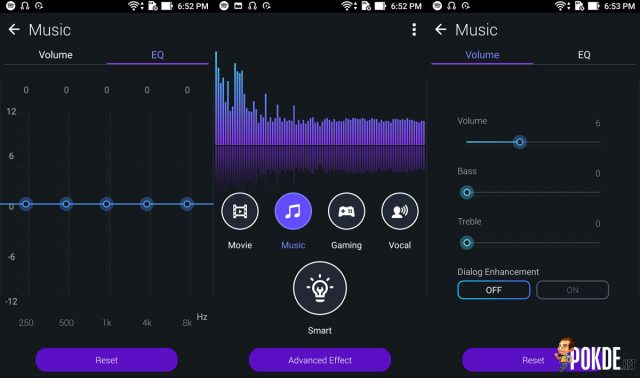
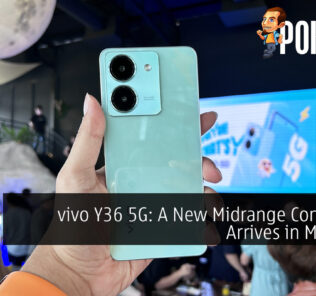

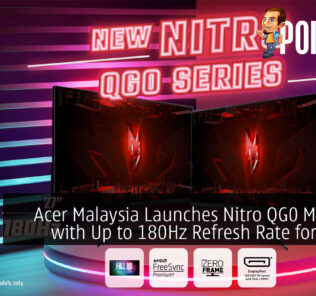
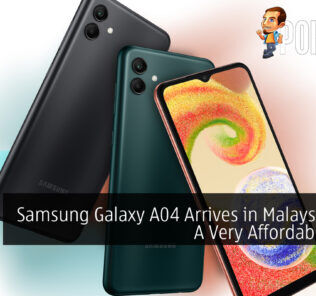



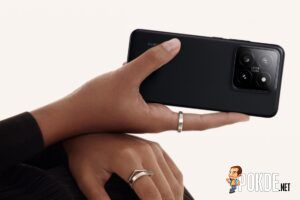




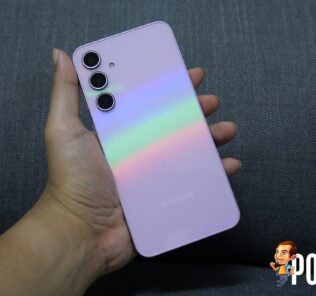


Leave a Response